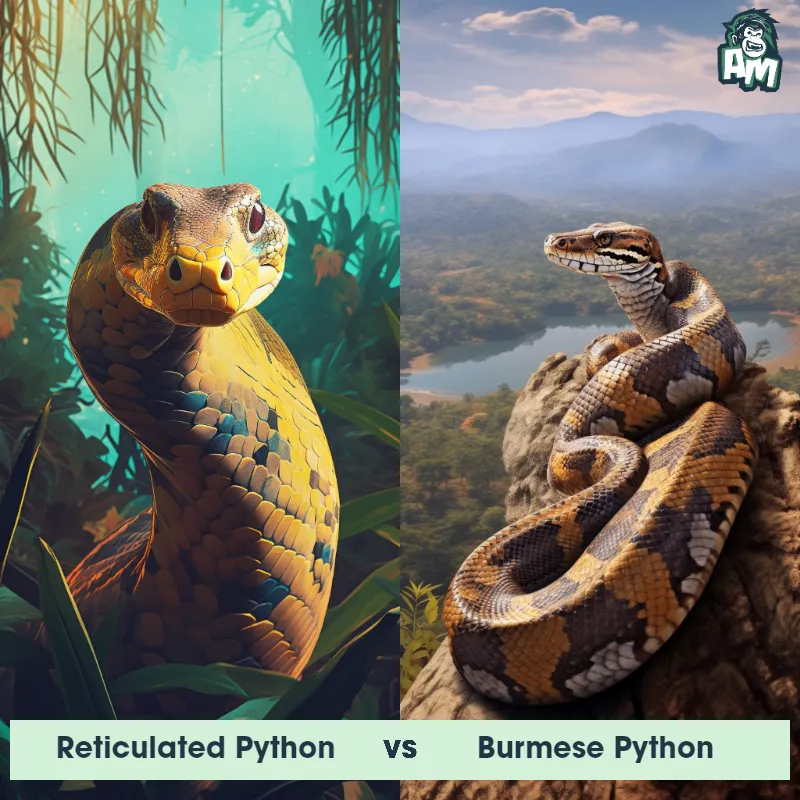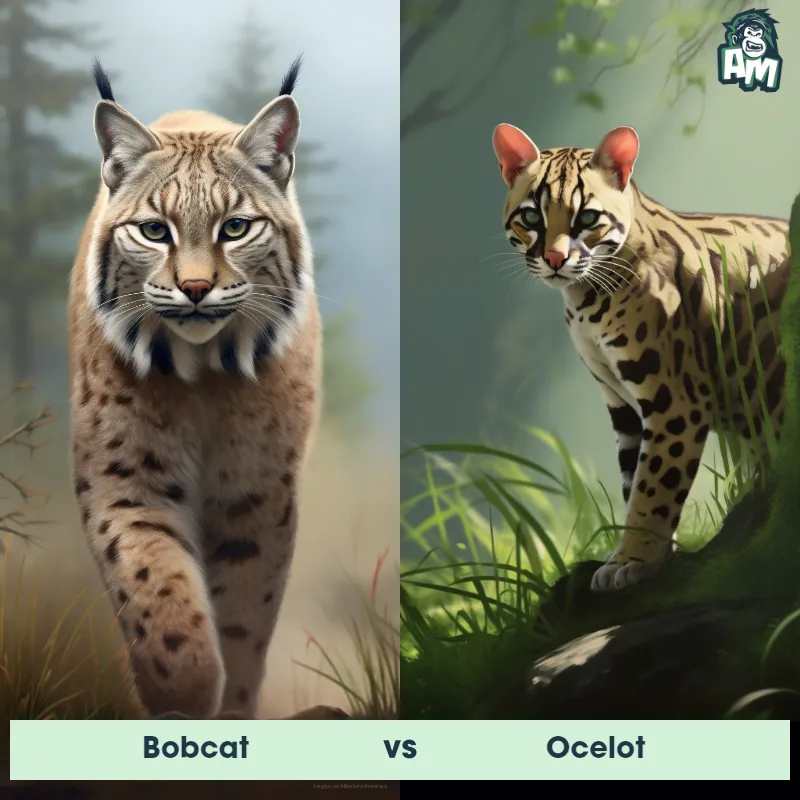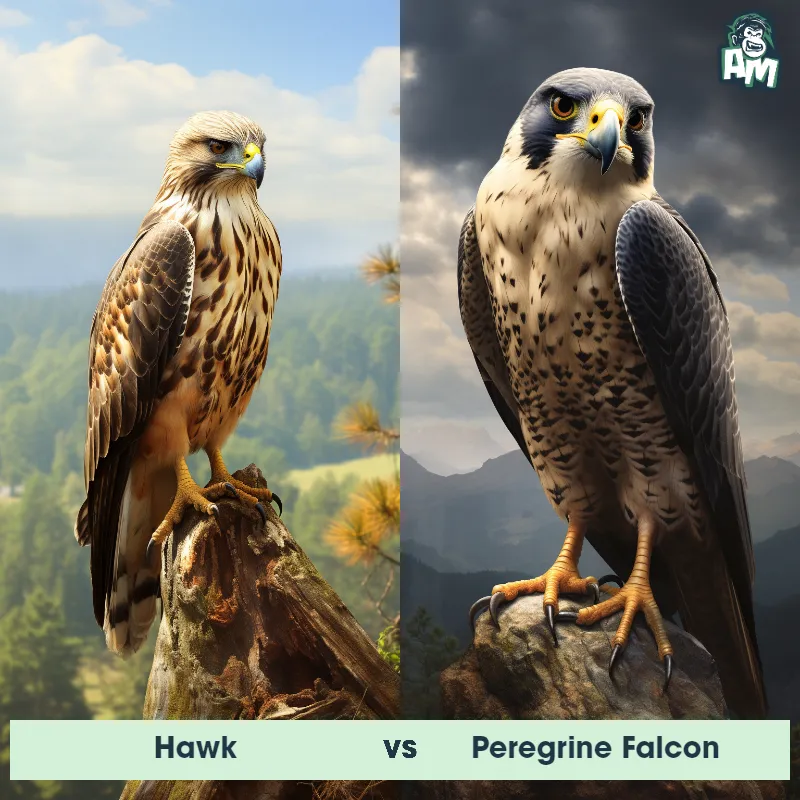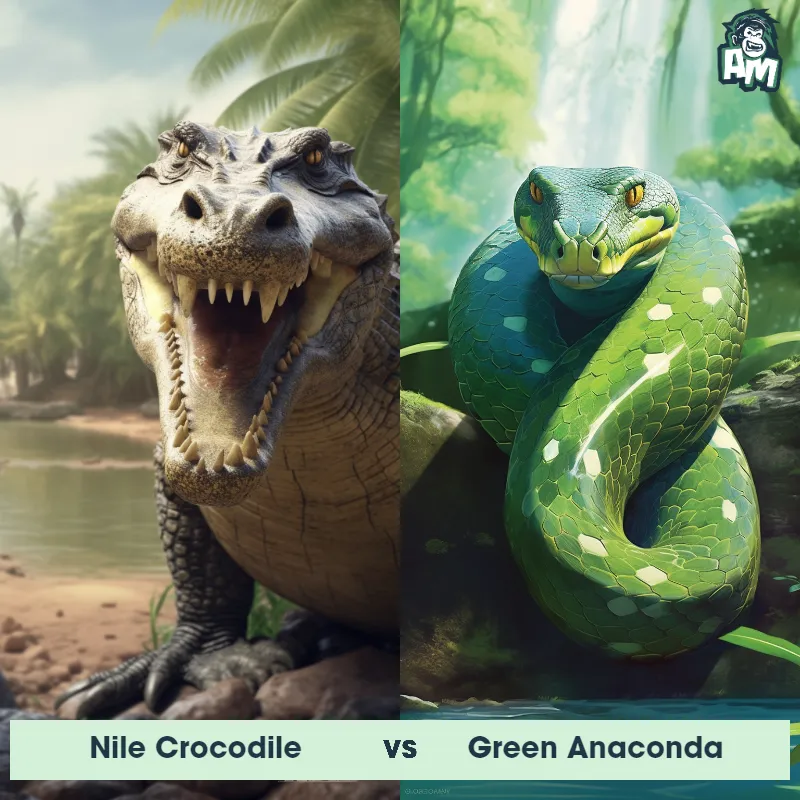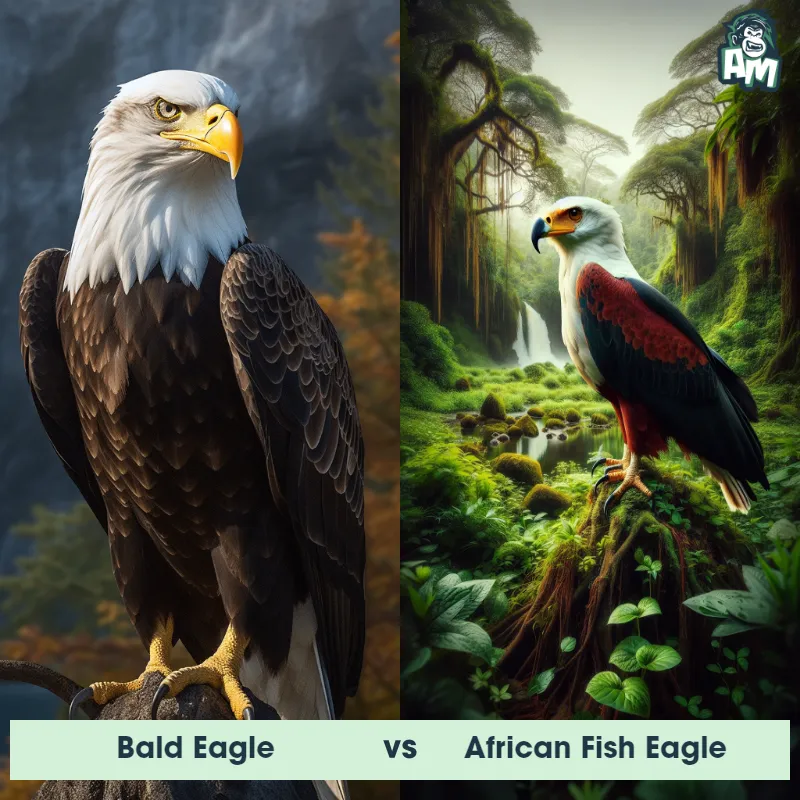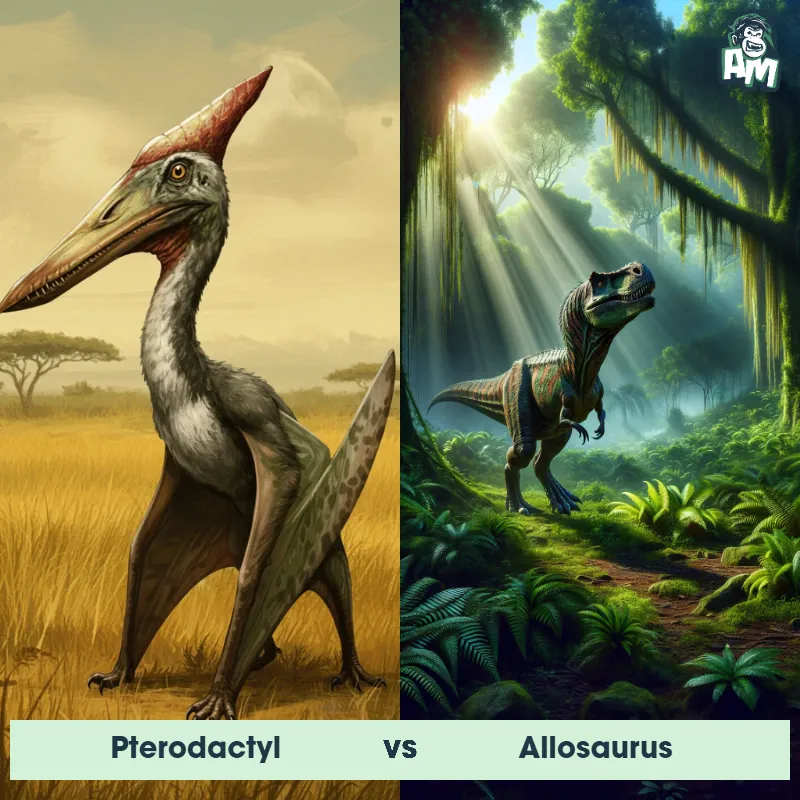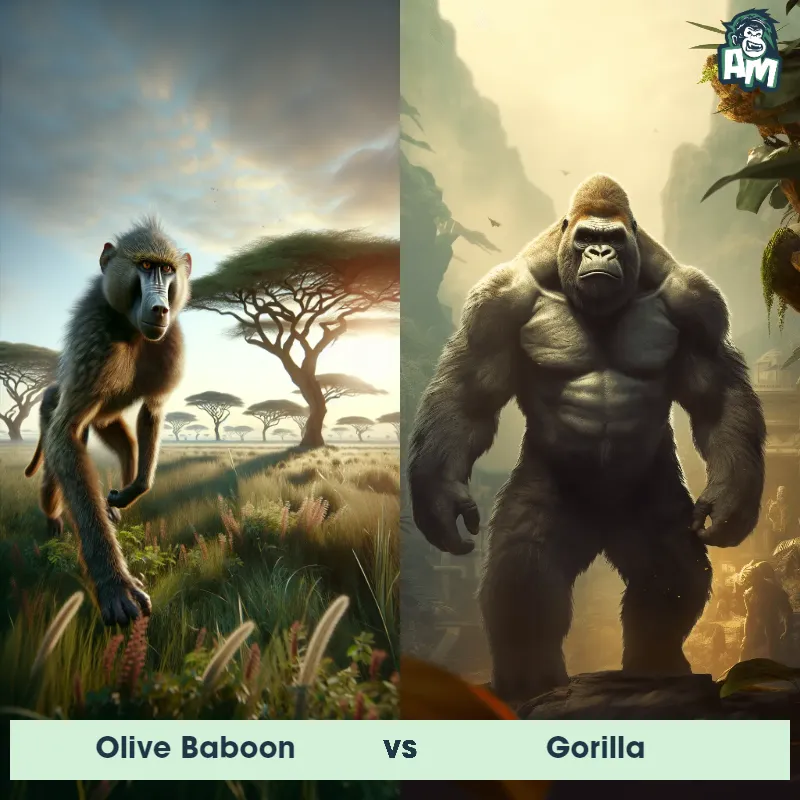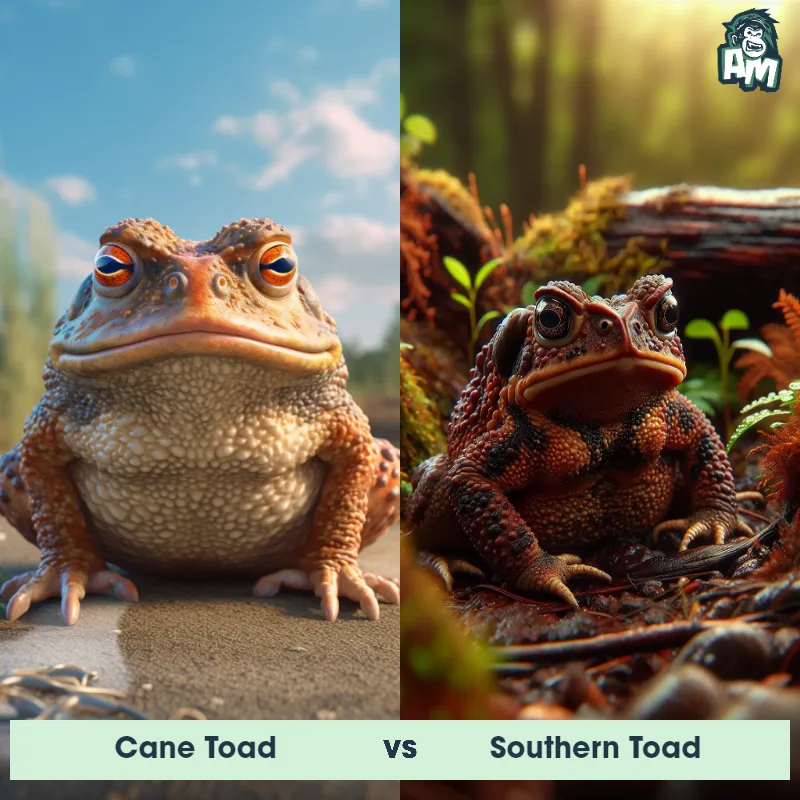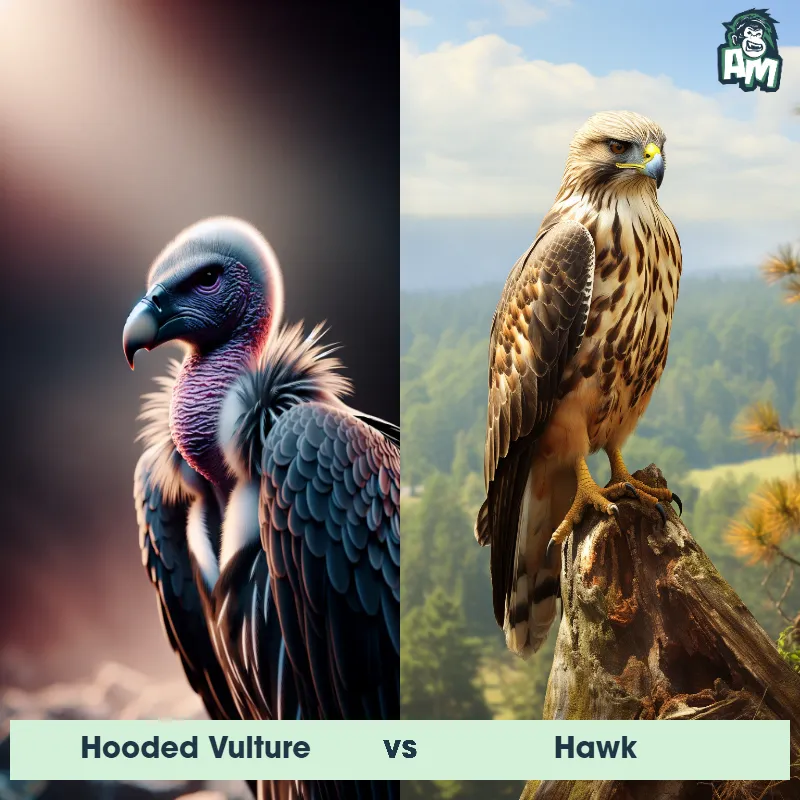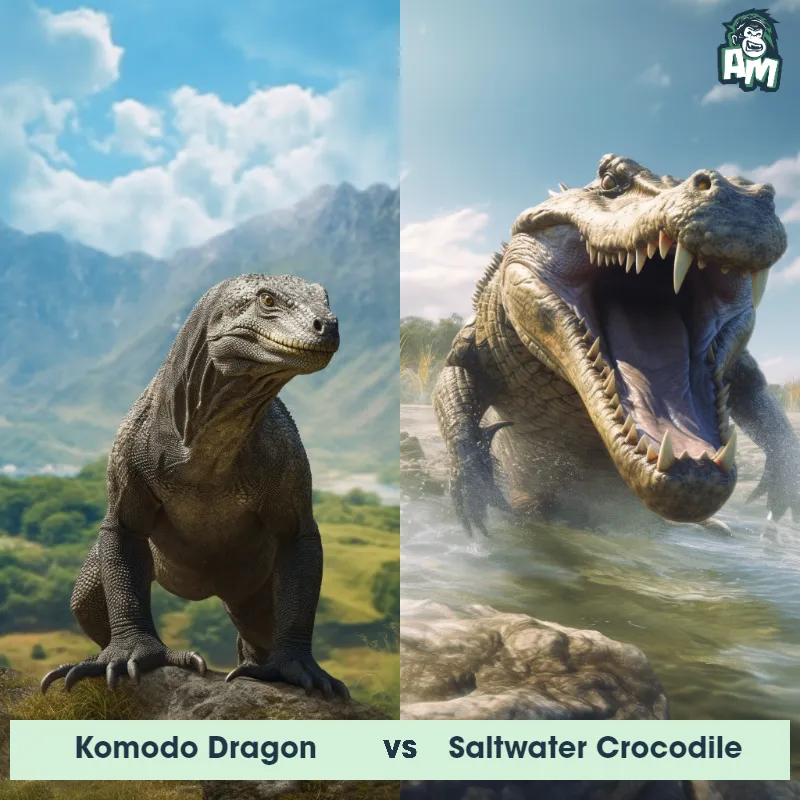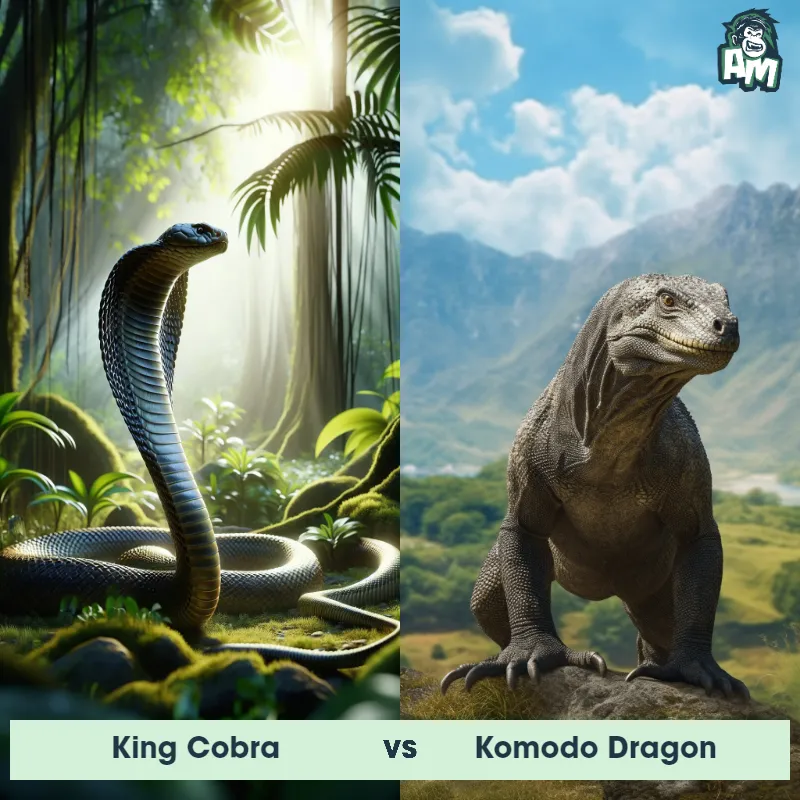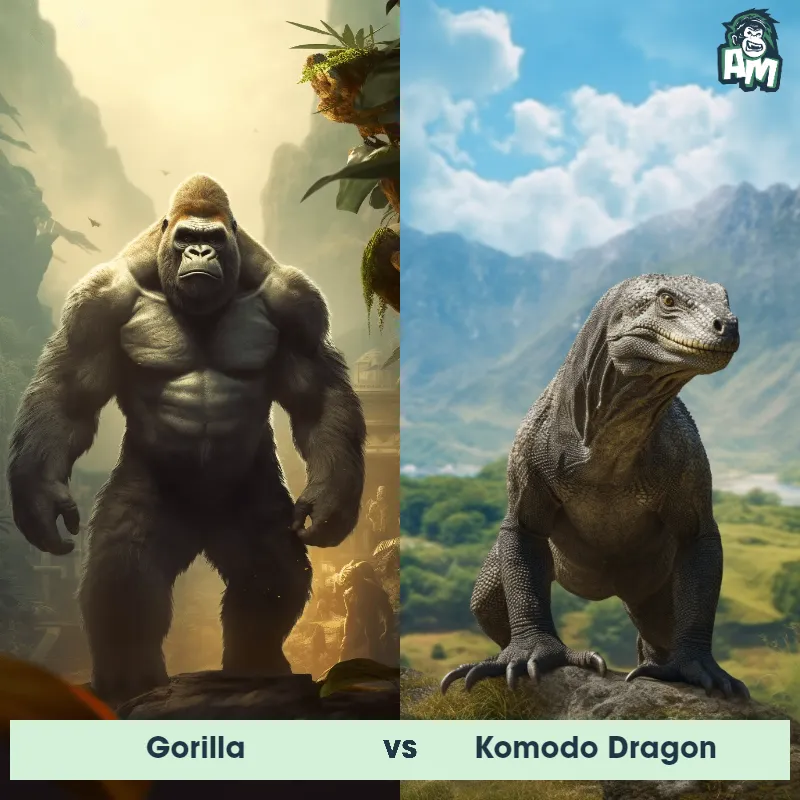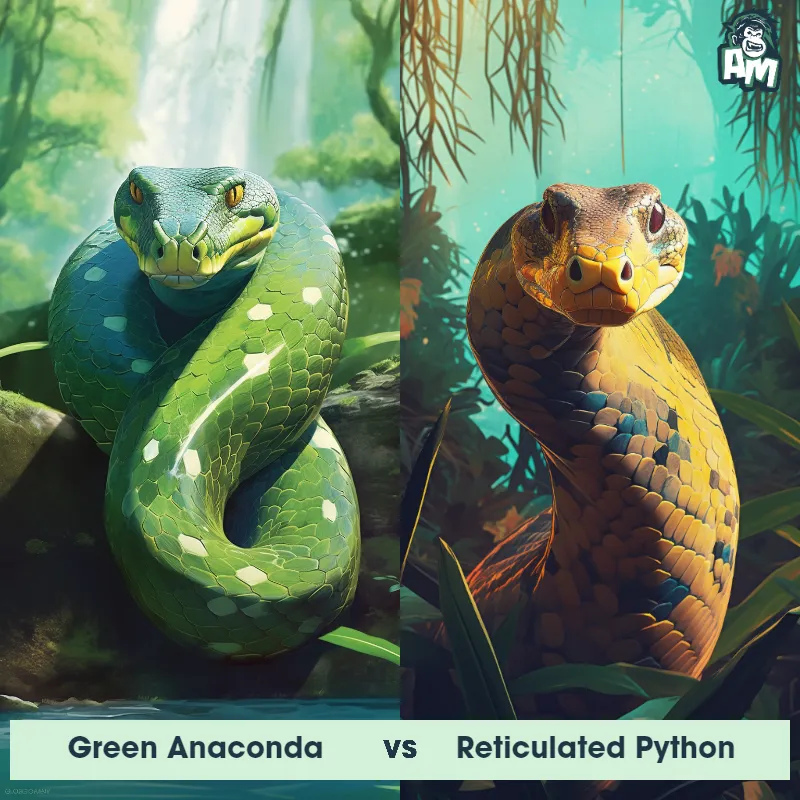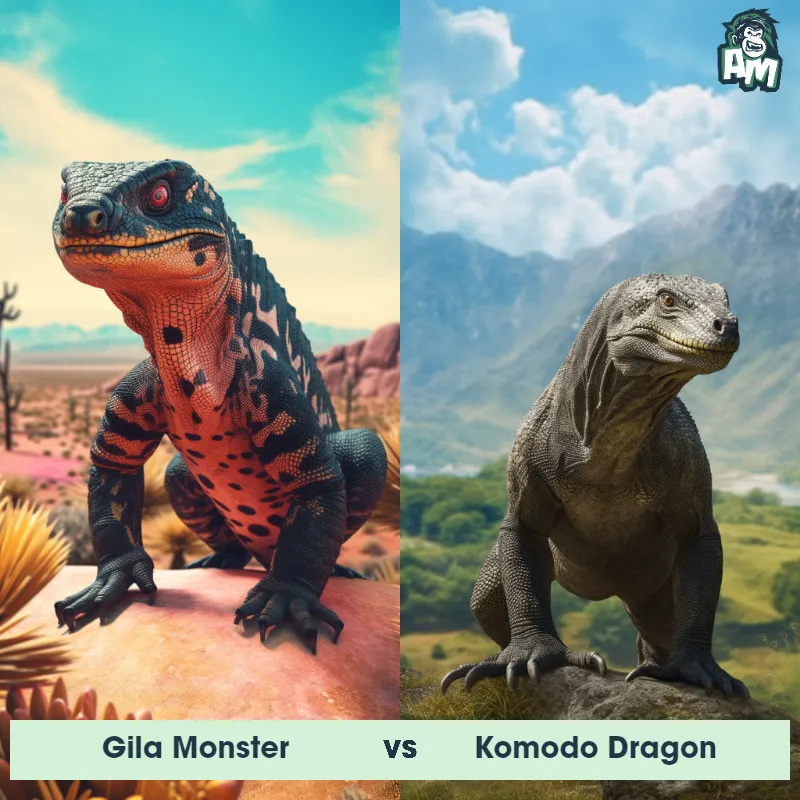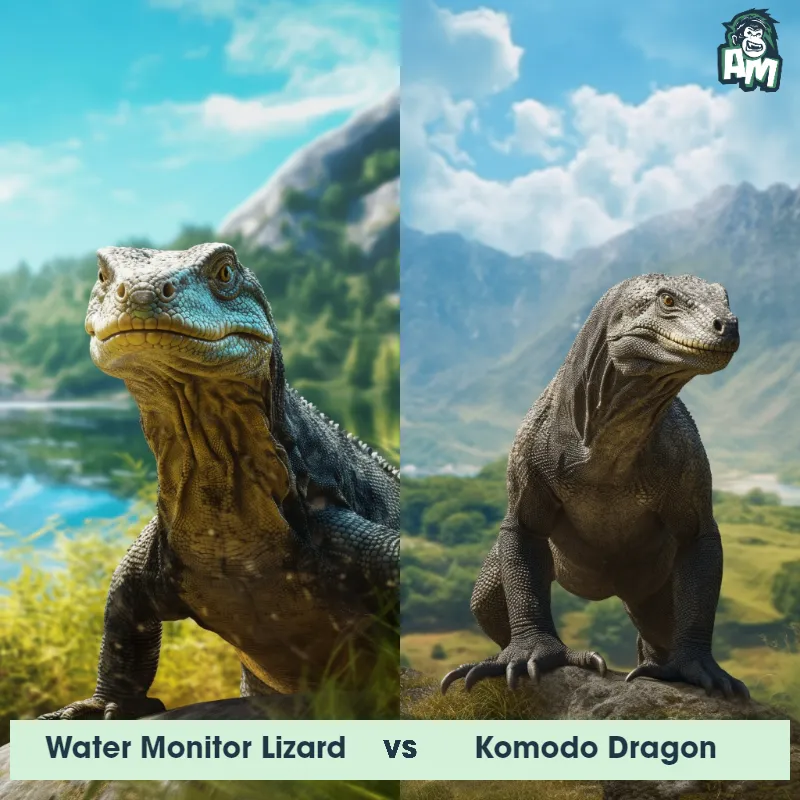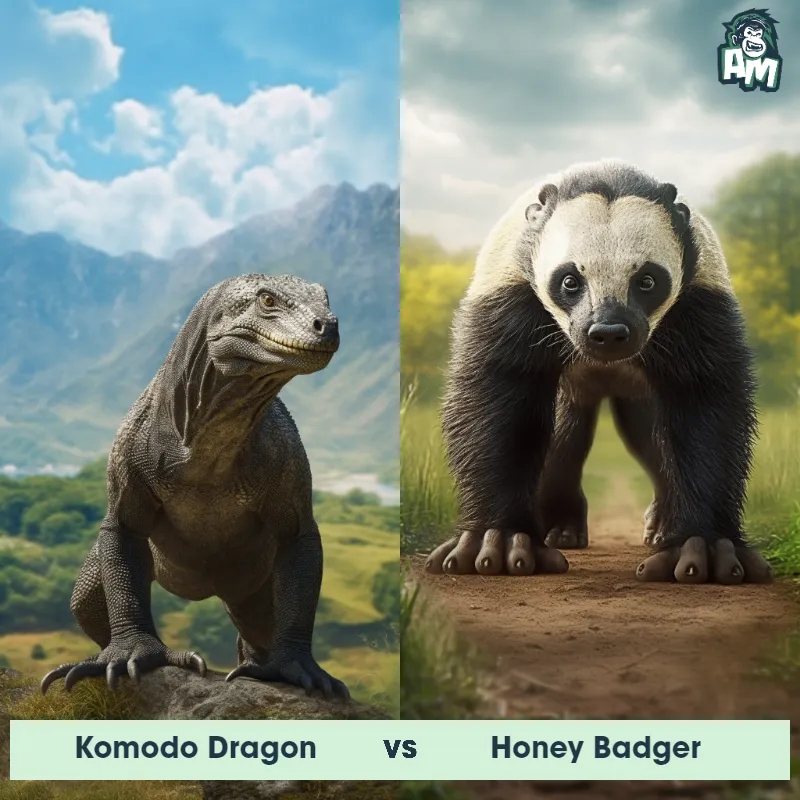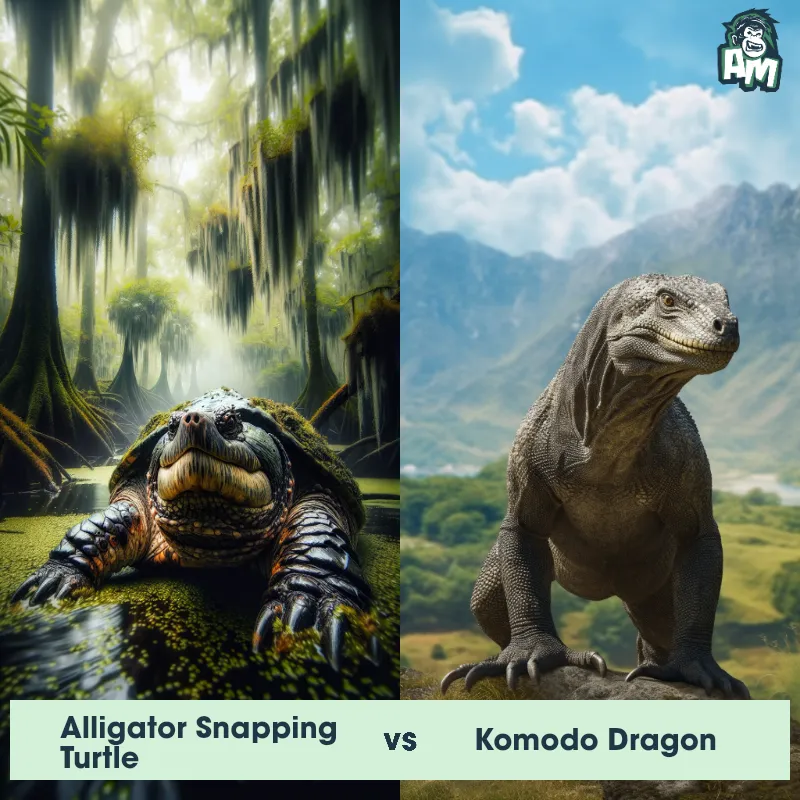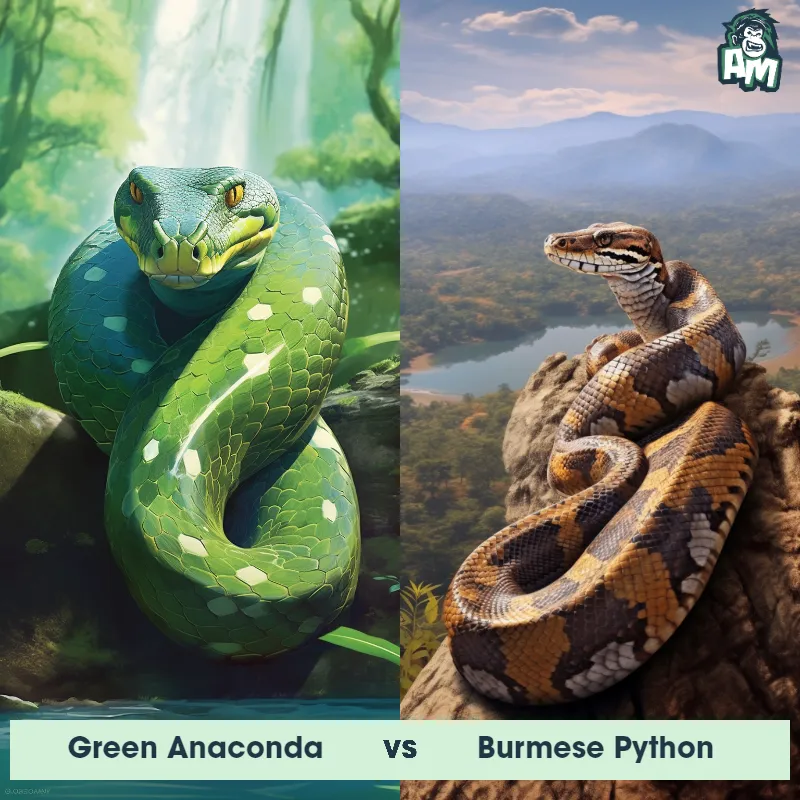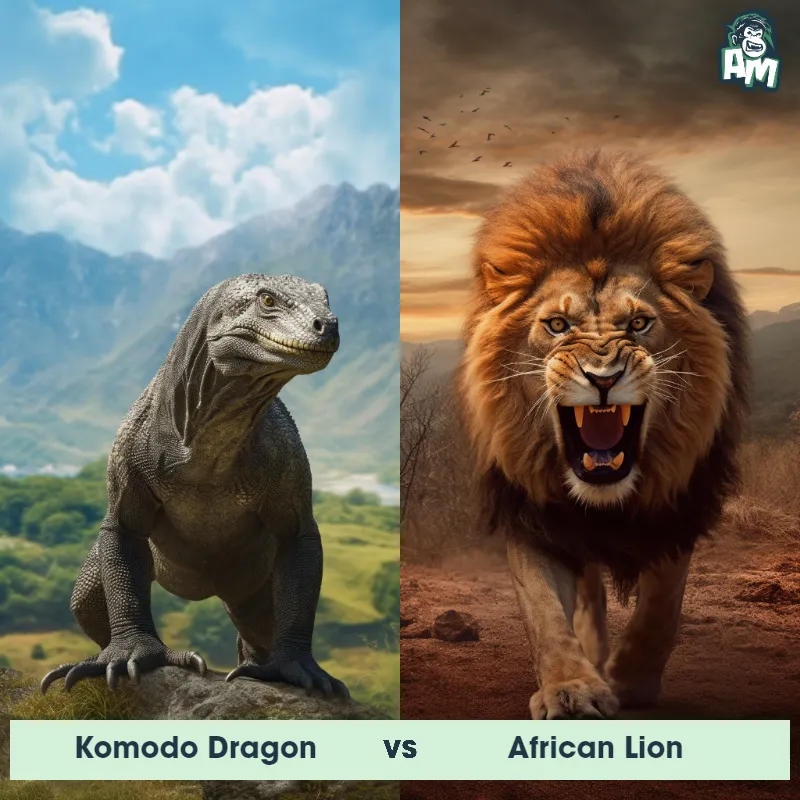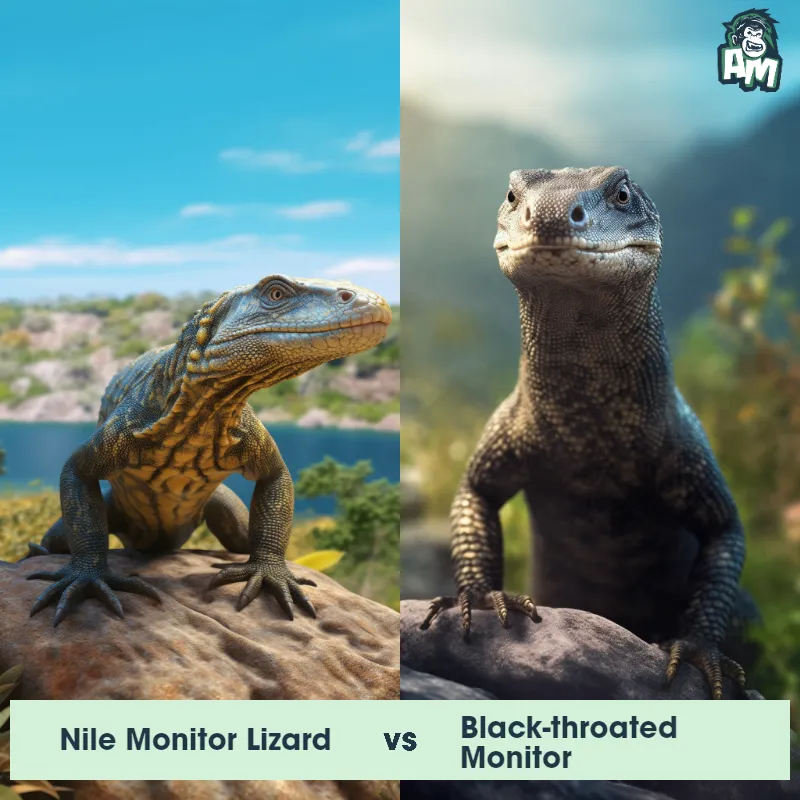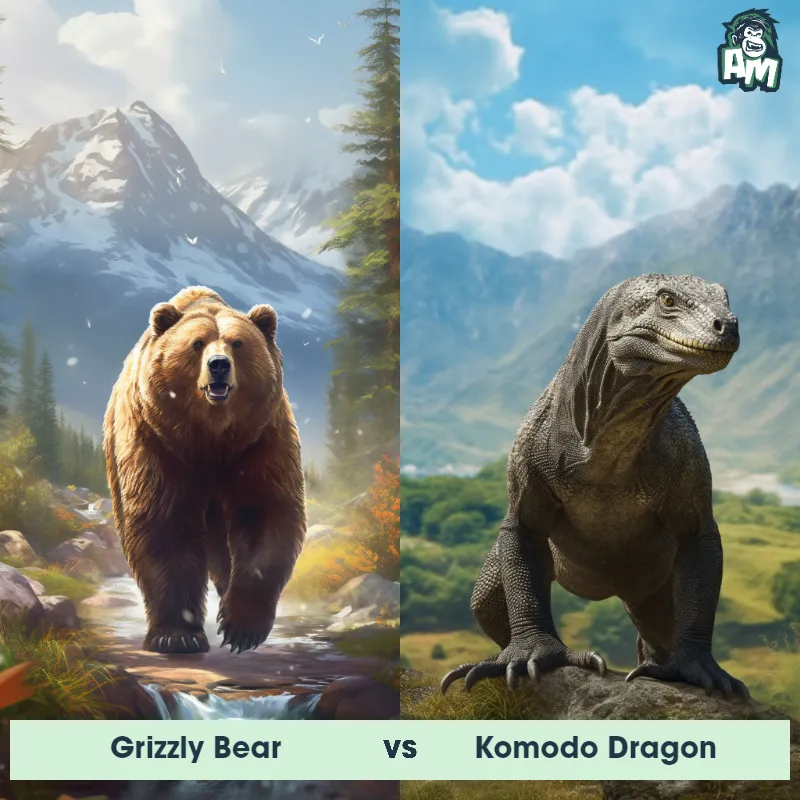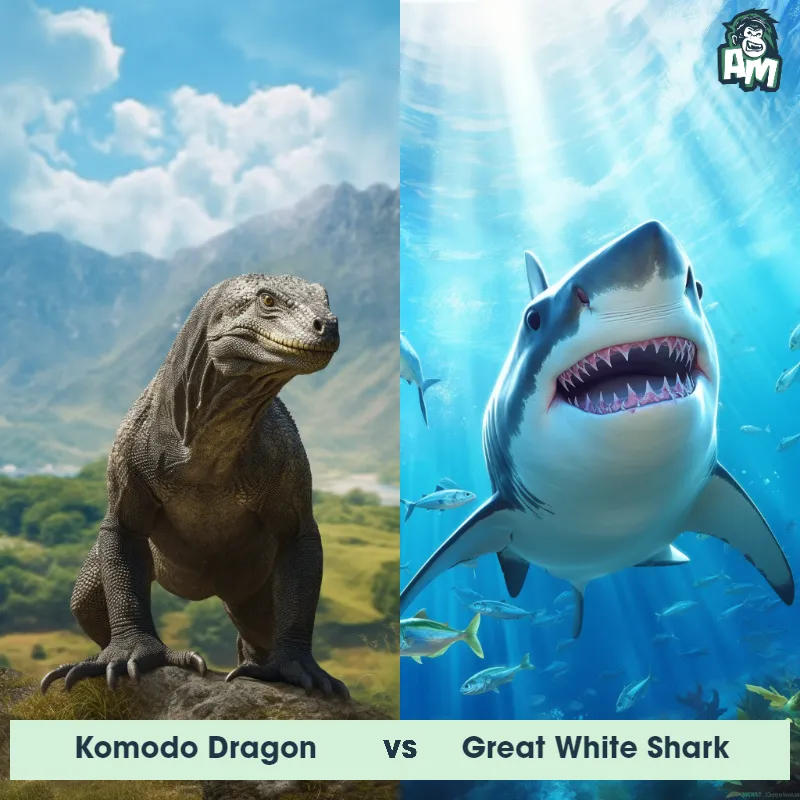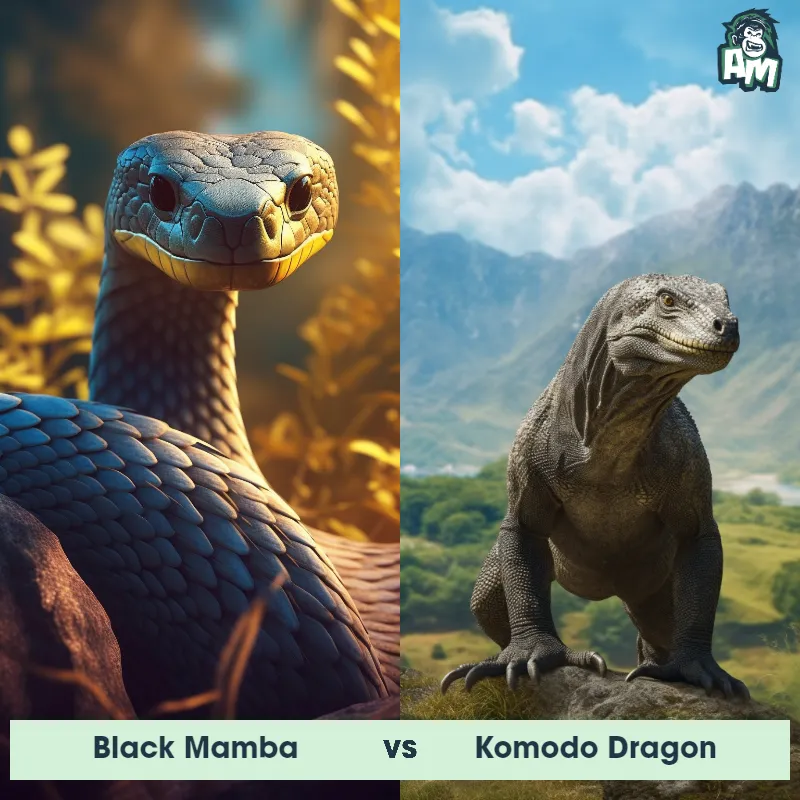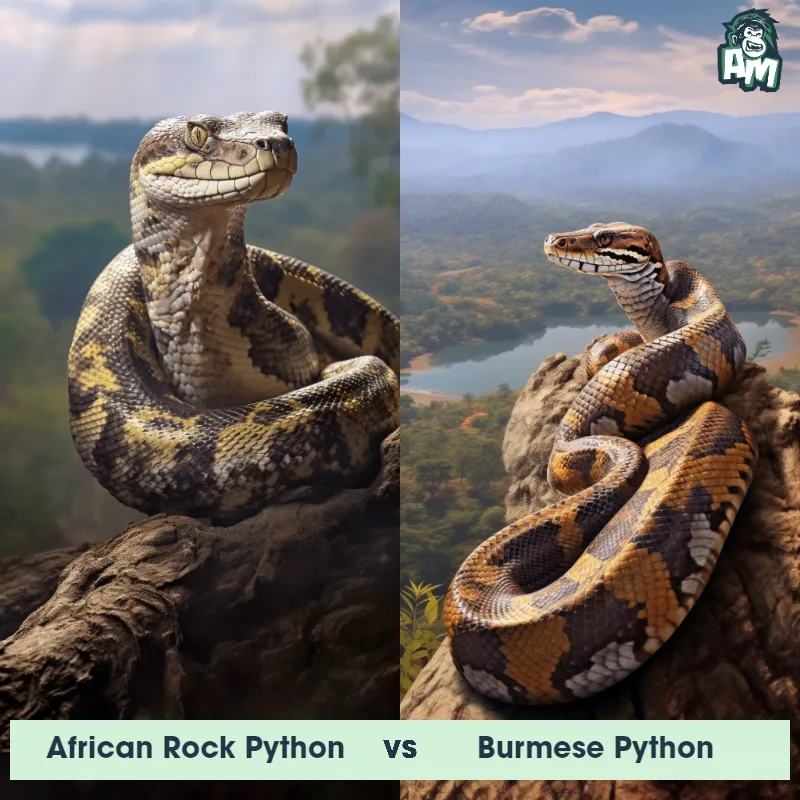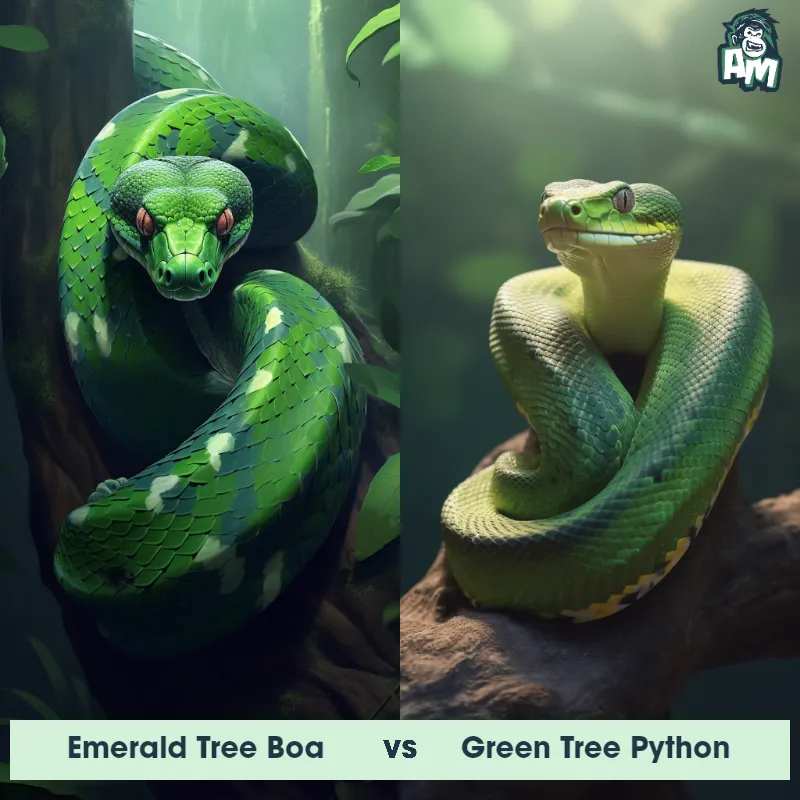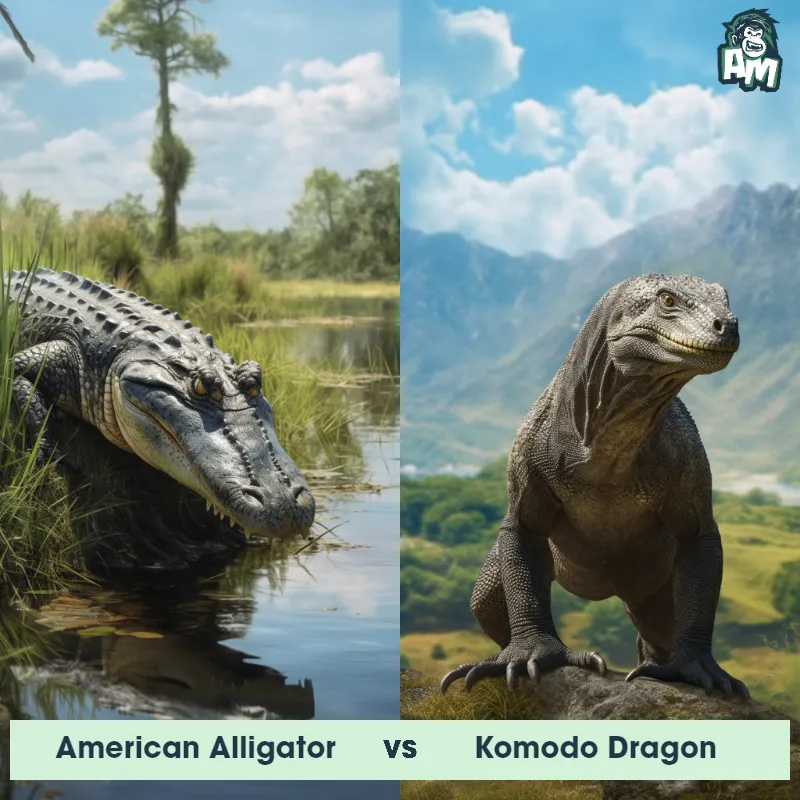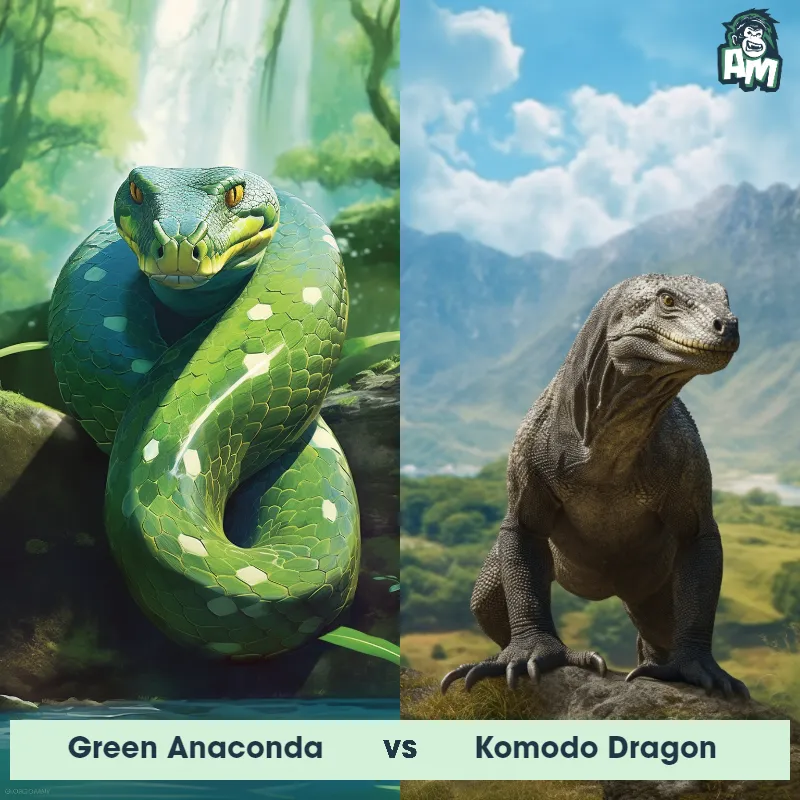African Rock Python vs Nile Monitor LizardSee Who Wins
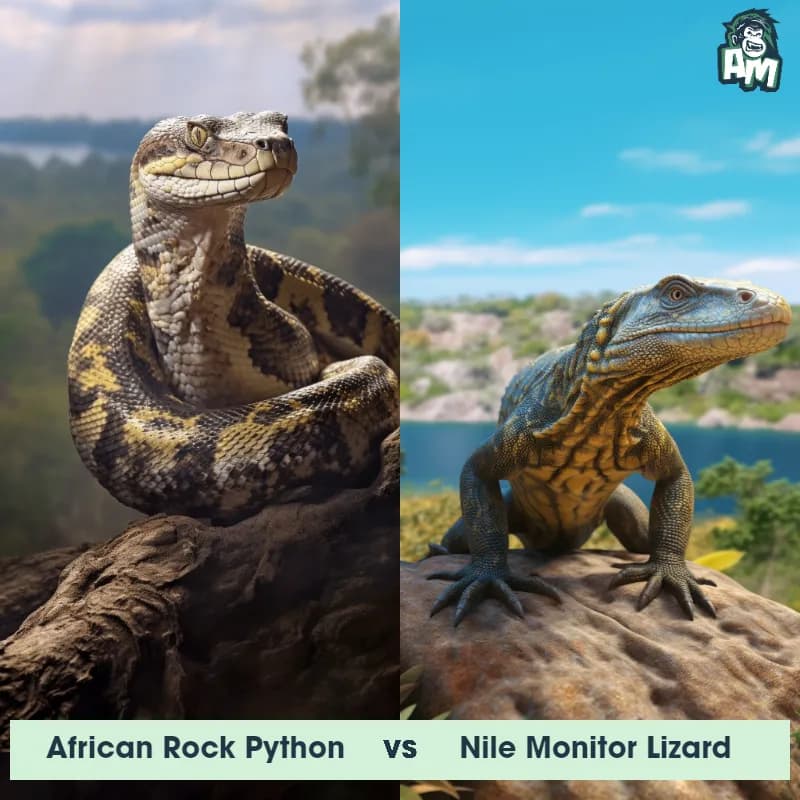
Welcome to this exhilarating face-off between two formidable reptilian predators: the African Rock Python and the Nile Monitor Lizard! These two creatures are about to engage in a three-round battle, and I'll be giving you a play-by-play account of the action. Let's get started!
Contender 1: African Rock Python
The African Rock Python, also known as the Python sebae, is one of the largest snake species in the world, growing up to 20 feet in length and weighing up to 200 pounds. They have a distinctive pattern of brown and black scales, with a triangular head and sharp teeth. African Rock Pythons are non-venomous and kill their prey by constriction, squeezing them until they suffocate.
Fun Fact: African Rock Pythons are known to eat a wide variety of prey, including antelopes, crocodiles, and even porcupines!
Contender 2: Nile Monitor Lizard
The Nile Monitor Lizard, also known as the Water Monitor, is a large reptile that can grow up to 7 feet long and weigh up to 200 pounds. They have a long, muscular body, powerful legs, and a long tail that they use for balance and defense. Their skin is covered in scales that can range in color from dark brown to greenish-gray, and they have sharp claws and teeth.
Fun Fact: Nile Monitor Lizards are excellent swimmers and can hold their breath for up to 30 minutes underwater.
Matchup Stats
| African Rock Python | Nile Monitor Lizard | |
|---|---|---|
| Size | Up to 20 feet (6.1 meters) | Up to 7 feet (2.1 meters) long |
| Weight | Up to 200 pounds (91 kilograms) | Up to 200 pounds (91 kilograms) |
| Speed | Speed: 5 mph (8 km/hr) | Speed: 11 mph (17.7 km/hr) |
| Key Strength | Constriction | Powerful legs and tail for defense |
| Biggest Weakness | Vulnerable to attacks on the head | Vulnerable to attacks on the underside of their body |
Current Votes
African Rock Python vs Nile Monitor Lizard
See Who Wins
Matchup Videos
All of our videos contain verified footage of natural encounters between the African Rock Python and the Nile Monitor Lizard. These are true sightings and observations filmed by tourists, scientists, and wildlife documentarians.View More Matches
Looking For More?
Similar Matches
Scientific Stats
| African Rock Python | Nile Monitor Lizard | |
|---|---|---|
| Scientific Name | Python sebae | Varanus niloticus |
| Family | Pythonidae | Varanidae |
| Habitat | Terrestrial | Freshwater and terrestrial environments |
| Geography | Sub-Saharan Africa | Sub-Saharan Africa |
| Diet | Wide variety of prey, including antelopes, crocodiles, and porcupines | Opportunistic predator, eats fish, birds, small mammals, and other reptiles |
| Lifespan | 12 - 30 | 12 years - 20 years |
Key Differences between African Rock Python and Nile Monitor Lizard
- Body shape: African Rock Pythons have a thick, muscular body that is cylindrical in shape, while Nile Monitor Lizards have a more elongated, flattened body shape.
- Habitat: African Rock Pythons are found in a variety of habitats, including forests, grasslands, and wetlands, while Nile Monitor Lizards are typically found near water sources such as rivers, lakes, and swamps.
- Size: African Rock Pythons are much larger than Nile Monitor Lizards, with adults reaching lengths of up to 20 feet, while Nile Monitors typically only grow to be around 5-6 feet long.
- Skin texture: African Rock Pythons have smooth, shiny scales, while Nile Monitor Lizards have rough, bumpy scales.
- Head shape: African Rock Pythons have a broad, triangular head with a distinctive arrow-shaped marking on the top, while Nile Monitor Lizards have a more pointed, elongated head.
- Coloration: African Rock Pythons are typically brown or olive in color with dark brown or black markings, while Nile Monitor Lizards are usually dark brown or black with yellow or white spots or stripes.
- Teeth: African Rock Pythons have sharp, curved teeth for grasping and constricting prey, while Nile Monitor Lizards have sharp, pointed teeth for tearing and crushing prey.



